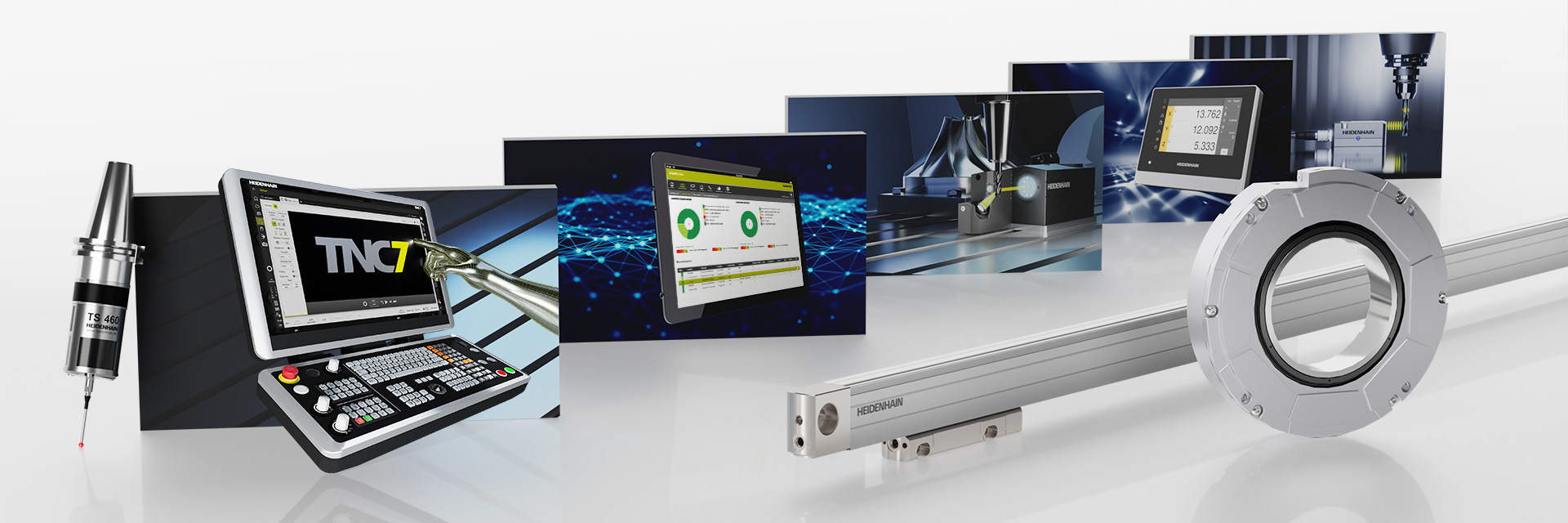
HEIDENHAIN România
Contacte
| HEIDENHAIN Reprezentanta România | Str. Morii, nr. 95, Săcele, 505600, jud Brașov România | +40 268 318476 info@heidenhain.ro |
Partener pentru vânzări produse şi consultanţă tehnică
| AUTSYS PRODIMPEX SRL | Str. Av. Traian Vasile Nr. 40, Ap.2 012082 Bucureşti România | +40 7468 11758 autsysfree@yahoo.com |
Partener pentru vânzări și consultanță tehnică
| S. C. Titan Automatizari S.A. | Blvd. Basarabia 250 030352 Bucureşti România | +40 21 255 1722 office@titan-automatizari.ro www.titan-automatizari.ro |